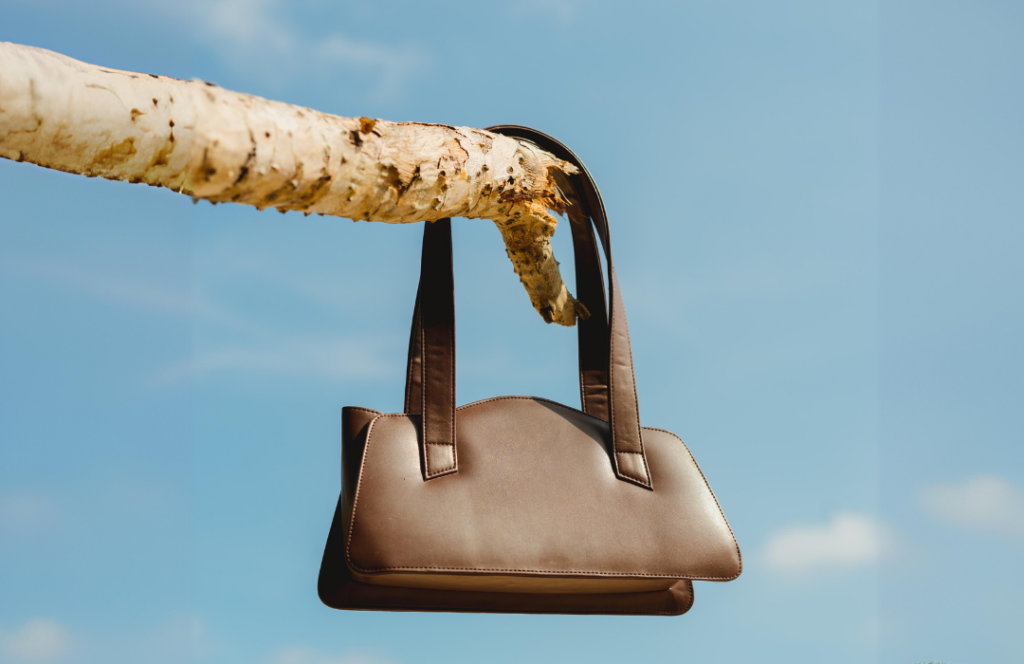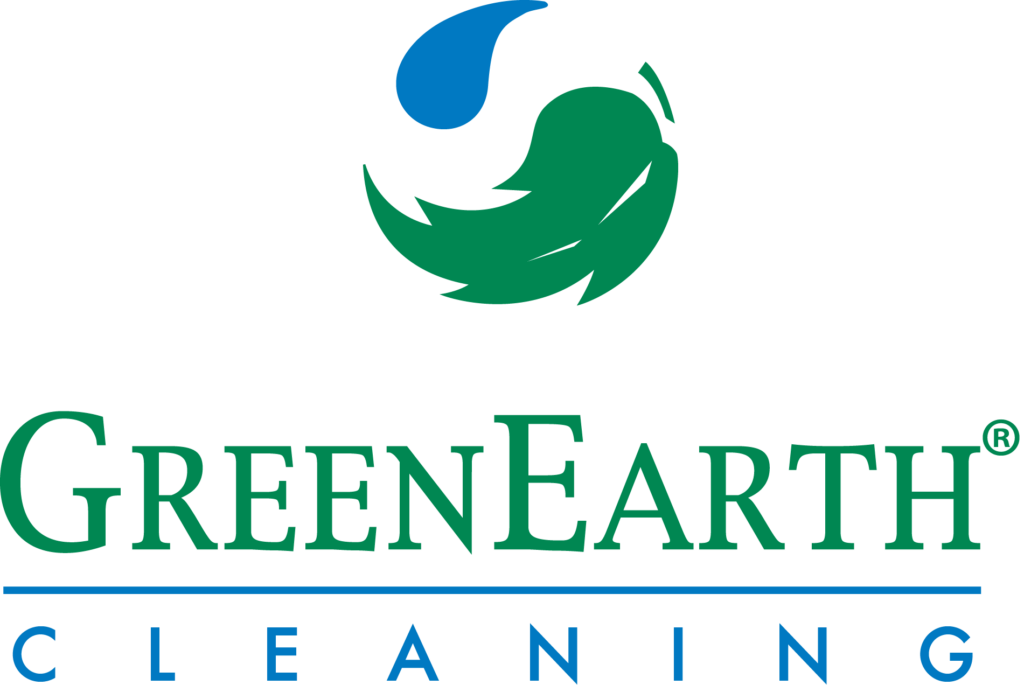Leather Alternatives for the Eco-Conscious

If you lead a sustainable lifestyle and make conscious choices about your environmental impact, the idea of purchasing new leather may weigh heavy on your heart. Leather production, while providing a durable and fashionable material, is known for its environmental footprint. The process of raising livestock, tanning hides, and dyeing leather contributes significantly to water pollution and greenhouse gas emissions. In fact, the leather industry is responsible for a substantial portion of the fashion sector’s already high carbon footprint (Vogue, 2021).
But don’t worry—you don’t have to give up your love for leather-like goods. Thanks to innovations in sustainable materials, there are alternatives that offer the look, feel, and durability of leather without the environmental baggage. Here are some of the most notable leather alternatives that will help you maintain your sustainable style.
Bamboo Leather
Bamboo has long been hailed as an eco-friendly material in many industries, from textiles to construction, thanks to its rapid growth and renewability. Recently, it’s making its way into the world of leather alternatives. Bamboo leather is made by processing bamboo fibers into a material that mimics traditional leather’s texture and durability.
Not only is bamboo a highly renewable resource, but it also grows without the need for pesticides or excessive water, making it an ideal option for those aiming to reduce their environmental impact. Bamboo leather products tend to be breathable, biodegradable, and much less resource-intensive than traditional animal-based leather. Curious to learn more about the bamboo leather process? Click here for an in-depth look.
Cactus Leather
One of the most intriguing sources of vegan leather comes from an unexpected plant: the cactus. Cactus leather is made from the leaves of the prickly pear cactus, which require little water and can thrive in dry conditions. This material has gained popularity for being both eco-friendly and highly durable.
Cactus leather is soft to the touch, flexible, and remarkably resilient, making it an excellent substitute for traditional leather in everything from handbags to jackets. Additionally, the production process for cactus leather doesn’t harm the plants, as only the mature leaves are harvested, allowing the cactus to regenerate.
Mushroom Leather
Mushrooms may be the future of sustainable fashion, and mushroom leather is leading the way. Also known as mycelium leather, this innovative material is created from the root structure of mushrooms. The production process is incredibly efficient, with mycelium growing in just a few weeks in controlled environments.
Mushroom leather has a luxurious feel, and its versatility makes it an ideal candidate for products like shoes, bags, and jackets. Sustainable fashion brand Mylo can attest to this. Moreover, mycelium leather is biodegradable, helping to close the loop in a circular fashion economy. It offers a sustainable and cruelty-free alternative while maintaining a similar look and feel to traditional leather.
Apple Leather
What if the remnants of your favorite fruit could be turned into a sustainable accessory? Apple leather does just that. This material is crafted from the waste produced by the apple juice and cider industries, repurposing the skins and cores that would otherwise be discarded– talk about a well-rounded fruit!
Apple leather is not only eco-friendly, but it’s also surprisingly durable and aesthetically pleasing. It can be dyed and textured to resemble genuine leather, making it a popular option for wallets, shoes, and other fashion items. If this piques your interest, be sure to explore the leather alternative brand Immaculate Vegan. By choosing apple leather, you’re supporting a closed-loop system that reduces waste and lowers the demand for new resources.
Second Hand Leather
Sometimes the most sustainable option is already in existence. Purchasing second-hand leather offers an eco-conscious way to enjoy the longevity and style of leather without contributing to the demand for new animal products. Leather, after all, is one of the most durable materials around, and its timeless appeal means it rarely goes out of fashion. Here’s a quick guide on how to make an informed choice.
By opting for pre-loved leather, you’re extending the life of a product that has already lived through someone else’s lifetime, and chances are it will stand the test of time through yours as well. To ensure your second-hand leather purchase stays in excellent condition, it’s a good idea to have it professionally cleaned. Many GreenEarth Affiliates specialize in cleaning leather using an environmentally non-toxic process that is gentle on the material and the environment. By supporting our Affiliates, you’re keeping your sustainable style on point while also contributing to a cleaner planet.
Sustainability Without Sacrificing Style…
By investing in second-hand leather or opting for innovative alternatives like bamboo, cactus, mushroom, and apple leather, you can enjoy all the benefits of this timeless material while aligning with your values of sustainability. Choosing leather alternatives or second-hand options is a powerful way to maintain your unique style while making a conscious effort to reduce your carbon footprint. Whether you’re buying a new cactus leather bag or getting your favorite second-hand leather item cleaned by a GreenEarth Affiliate, every eco-conscious choice brings us closer to a more sustainable future.

